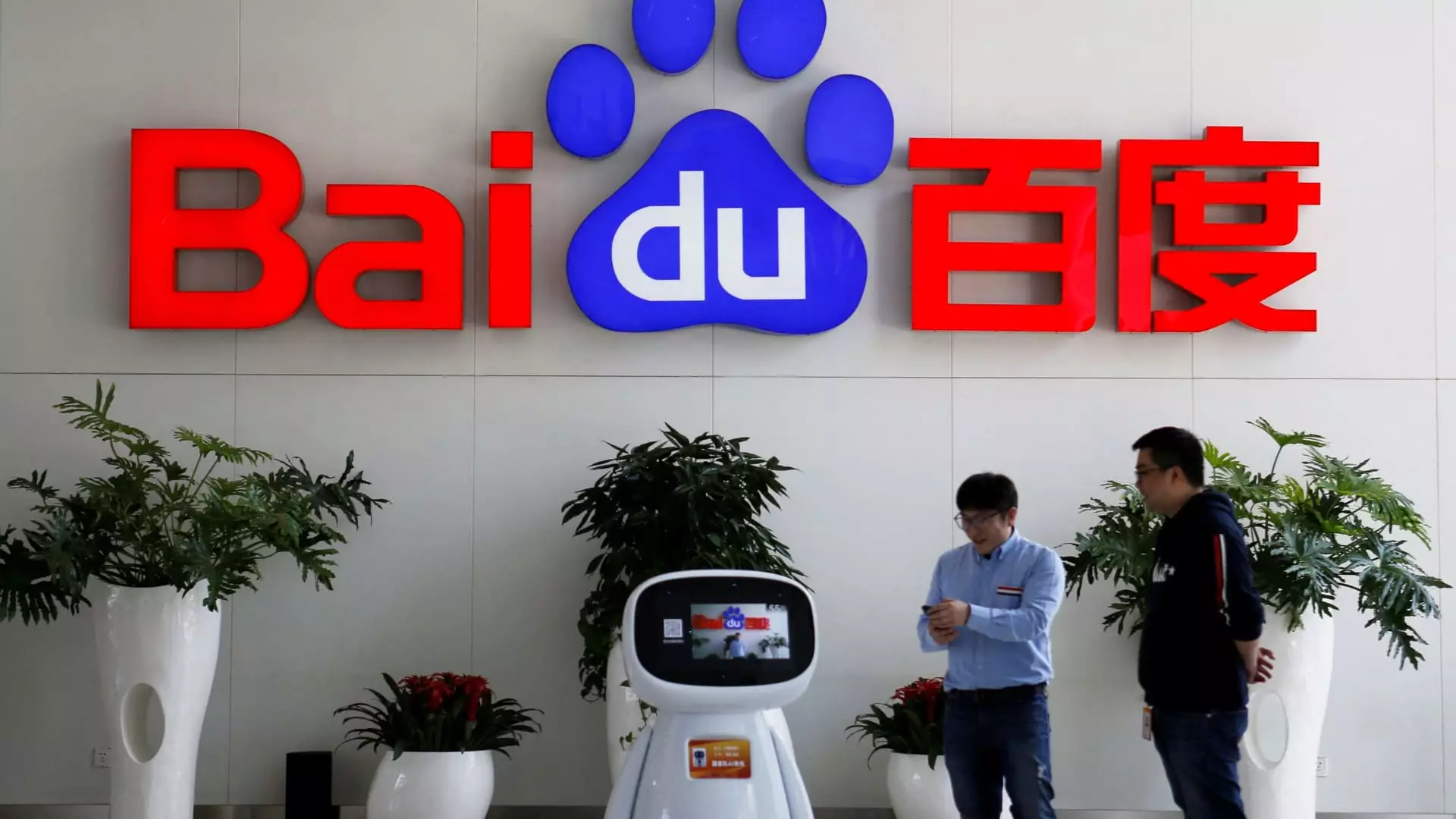The artificial intelligence sector is witnessing a transformative wave, particularly within China, where major players are racing to innovate and enhance their platforms. Baidu, one of the foremost technology companies in the country, is set to launch Ernie 5.0, the next evolution of its artificial intelligence model, in the latter part of this year. This strategic decision comes at a time when competition is intensifying, not only within China but also on a global scale, as new entrants challenge established leaders in AI technology.
Baidu’s forthcoming model, Ernie 5.0, is touted to bring significant advancements in multimodal capabilities, although specific functionalities remain undisclosed. Multimodal artificial intelligence refers to systems that can interpret and process various forms of data—text, images, audio, and video—effectively allowing for seamless transitions between these formats. For instance, functions that convert text to video and vice versa are indicative of a sharpening focus on user engagement through diverse content consumption. As foundation models continue to evolve, their ability to understand and generate human-like responses in natural language is becoming increasingly sophisticated.
Beyond simple interactions, these models are becoming integral to various applications, from enhancing user experiences to automating complex tasks across different industries. Baidu’s dedication to refining these capabilities places it in direct competition with Western giants like OpenAI, prompting a vigorous response from its rivals.
The race for AI supremacy has intensified, especially after the launch of DeepSeek, a newcomer that quickly captured attention with its open-source AI model capable of sophisticated reasoning. This model, along with claims of dramatically lower operational costs compared to existing solutions like OpenAI’s ChatGPT, has triggered a significant reevaluation of market positions, sparking a global tech stock sell-off earlier this year.
Robin Li, Baidu’s CEO, made waves at the World Governments Summit in Dubai by highlighting the substantial cost reduction potential for foundation AI models—potentially more than 90% over the span of a year. Li emphasized the correlation between cost efficiency and productivity, showcasing how disruptive innovations in AI can redefine operational productivity across sectors. With an emphasis on optimization, Baidu aims to showcase its technological advantage through Ernie’s new capabilities.
Baidu’s Current Standing and Market Dynamics
Though Baidu was a pioneer in rolling out a ChatGPT-like chatbot, Ernie, in March 2023, the company has found itself in a tight competition with an influx of new AI models from startups and industry behemoths such as Alibaba and ByteDance. The landscape is rapidly shifting, with Alibaba shares seeing a remarkable surge of 33% year-to-date, while Baidu’s shares have only risen modestly by 6%. This performance gap is indicative not only of market diversity but also of the need for established entities like Baidu to innovate briskly to maintain relevance.
Baidu has already integrated its generative AI features across a platform of services, from cloud storage solutions to content creation tools. The growth trajectory of its Wenku presentation tool is particularly noteworthy, boasting a significant increase in paying users. This diversification indicates a successful strategy in capturing a broader audience, even amid fierce competition.
Baidu’s anticipation surrounding the Ernie 5.0 update is set against the backdrop of an AI race that shows no signs of slowing down. With previous iterations, including Ernie 4.0 and its turbo version released over the past year, there is a clear momentum building toward enhancing generative features. Meanwhile, OpenAI continues to advance its own models, with limited details on upcoming releases, thereby keeping the competitive landscape dynamic and unpredictable.
As Baidu prepares for the launch of its latest model, the company must navigate the complexities of market expectations, innovative breakthroughs, and the nuances of consumer needs. The impending release could very well redefine what users expect from AI systems and establish new benchmarks for functionality and efficiency in a field that is becoming increasingly crowded yet exciting.


Leave a Reply